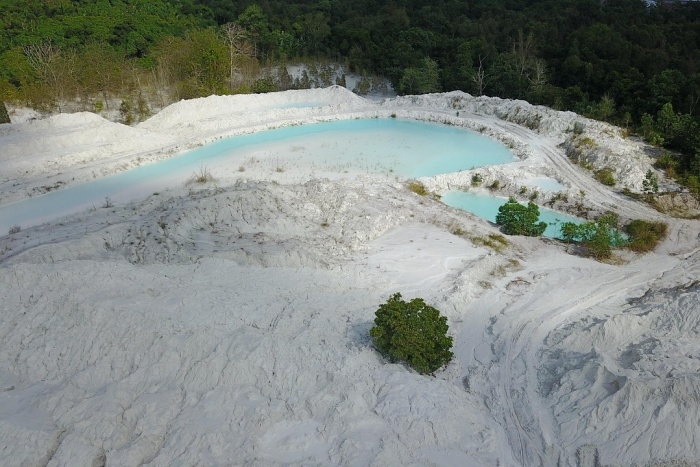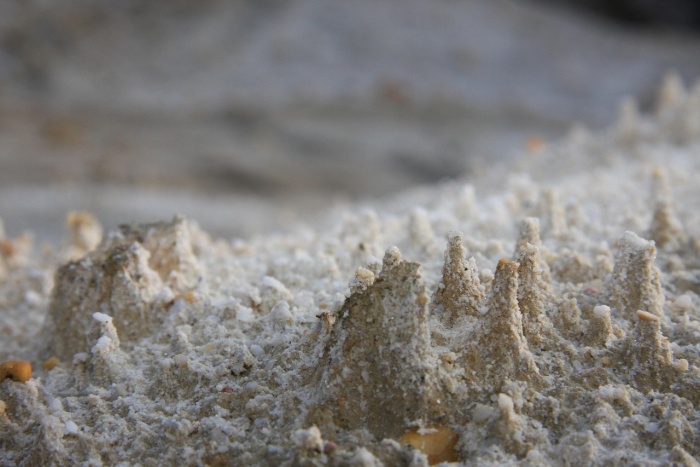Paper industry
Kaolinite plays a pivotal role in the paper industry, serving both as a filler and a coating pigment. When used as a filler, kaolinite reduces production costs by replacing more expensive fibre materials while simultaneously enhancing the paper's opacity and printability.
As a coating pigment, it improves surface properties, providing a smoother texture, higher gloss, and better receptivity to inks. These qualities make kaolinite indispensable for creating high-quality, printable paper products like magazines, brochures, and fine stationery.
Ceramics industry
Kaolinite plays a vital role in the ceramics industry, serving as a key ingredient in the production of whiteware such as sanitary-ware, tableware, and tiles. Known for its fine particle size and purity, it enhances the strength and brightness of ceramic products, ensuring a durable and aesthetically appealing finish.
Additionally, it is used in the manufacture of electrical porcelain and glazes due to its excellent insulating properties and capacity to create smooth, glossy surfaces. Kaolinite is also an essential material in creating refractories, where its heat-resistant qualities are highly valued. This versatile mineral is indispensable for producing high-quality ceramic goods across various applications.
Paints, rubber, plastics, adhesives and sealants
Kaolinite plays a crucial role as a filler in the production of paints, rubber, plastics, adhesives, and sealants. Its fine particle size and chemical inertness enhance the performance and durability of these products. In paints, kaolinite improves opacity and ensures a smooth, consistent texture. For rubber, it boosts strength and resilience while reducing production costs.
Plastics benefit from its ability to reinforce material properties and improve thermal stability. Meanwhile, in adhesives and sealants, kaolinite enhances bonding and provides greater stability against heat and moisture, contributing to the overall quality and reliability of the final product.
Pharmaceuticals
Kaolinite plays a vital role in the pharmaceutical industry, primarily as a filler in tablets and medicines. It is used to enhance the consistency and stability of these products, allowing for accurate dosing and ease of ingestion.
Furthermore, kaolinite is a key ingredient in certain stomach medications, where its natural absorbent properties help to soothe and alleviate gastrointestinal discomfort by binding with and neutralising irritants. Its versatility and inert nature make it an invaluable component in a wide range of pharmaceutical applications.
Cosmetics and personal care
Kaolinite, a naturally occurring clay mineral, is widely utilised in the cosmetics and personal care industry due to its exceptional absorbent properties and versatility. It is commonly found in facial masks, where it helps to draw out excess oils and impurities from the skin, leaving it feeling refreshed and cleansed.
Beyond skincare, Kaolinite is also employed as an anticaking agent to improve the texture and stability of powdered products, a bulking agent to enhance product consistency, and an opacifying agent to provide a refined, aesthetically pleasing finish. Its gentle nature makes it suitable for various skin types, further solidifying its position as a key ingredient in beauty formulations.
Other uses
Kaolinite, a naturally occurring clay mineral, has a wide array of applications across industries due to its unique physical and chemical properties. It is commonly used in the production of animal feed, where it serves as a binding agent, and is also a key ingredient in white cement and glass fibre manufacturing. Additionally, kaolinite acts as a carrier for insecticides, pesticides, and weed killers, enhancing their effectiveness. Beyond these uses, it finds application in leather production, textiles, inks, dyes, crayons, and pencils. An altered form of kaolinite, known as metakaolin, has gained importance in the construction sector. When used in cement and concrete, metakaolin helps to reduce carbon emissions and improves the strength and durability of the materials, making it an eco-friendly alternative in modern construction practices.





